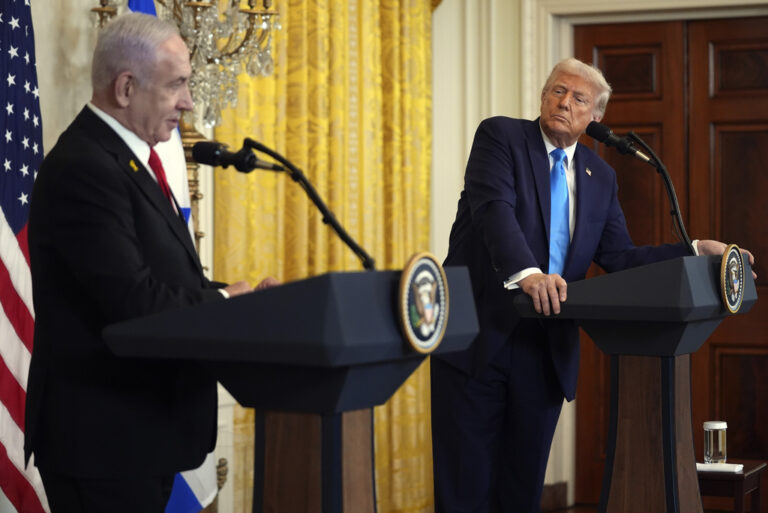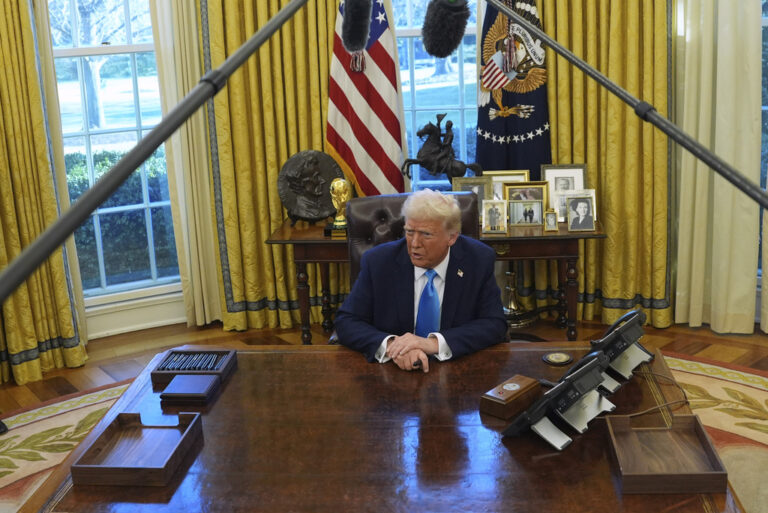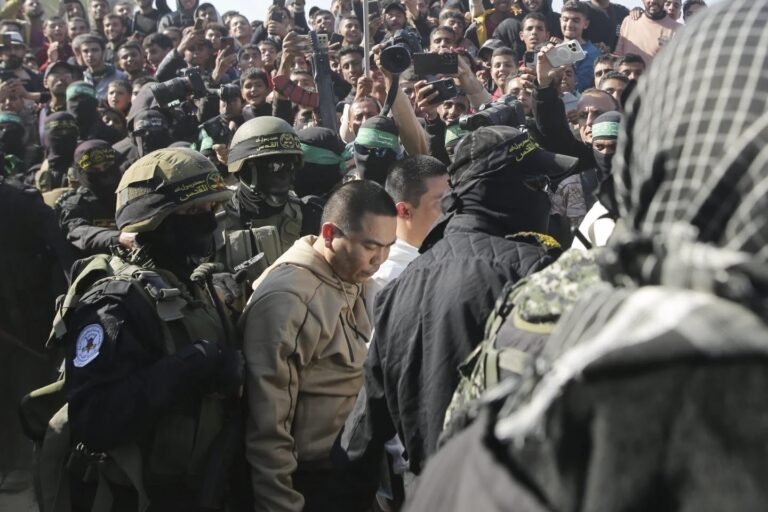 [VIDEO IN EXTENDED ARTICLE]
[VIDEO IN EXTENDED ARTICLE]
The Asiana Airlines captain who crashed a Boeing 777 at San Francisco International Airport in July told investigators he was “very concerned” about attempting a visual approach because the runway’s automatic landing aids were out of service due to construction, according to an investigative report released Wednesday.
Lee Kang Kuk, a 46-year-old pilot who was landing the big jet for his first time at San Francisco, “stated it was very difficult to perform a visual approach with a heavy airplane.” The jet crash landed after approaching low and slow in an accident that left three dead and more than 200 injured, according to the National Transportation Safety Board.
A visual approach involves lining the jet up for landing by looking through the windshield, as well as using numerous automated cues.
The investigative report was released at the start of a daylong NTSB hearing into the accident.
Though Lee was an experienced pilot with the Korea-based airline, he was a trainee in the Boeing 777.
NTSB investigator Bill English said Lee had less than 45 hours experience in the Boeing 777 and he last piloted a jet into San Francisco in 2004.
Lee told investigators that he realized others had been safely landing at San Francisco without the glide slope indicator, an array of antennas that transmits a signal into the cockpit, helping ensure the plane is landing correctly.
That system was out of service while the runway was expanded, and has since been restarted.
Lee was nervous about attempting to land using “stick and rudder” flying skills. Pilots spend more time managing computer systems than manually flying planes, systems that are more precise and use less fuel than a human pilot.
When asked if he was concerned about his ability to perform the visual approach, Lee said “very concerned, yeah.”
“This pilot should never have taken off,” said attorney Ilyas Akbari, whose firm represents 14 of the passengers. “The fact that the pilot was stressed and nervous is a testament to the inadequate training he received, and those responsible for his training and for certifying his competency bear some of the culpability for the tragedy of this crash.”
Lee said he told his instructors about his concerns in the flight’s planning stages. He told investigators that as he realized his approach was off, he was worried he might “fail his flight and would be embarrassed.”
Another Asiana pilot who recently flew with Lee told investigators that he was not sure if the trainee captain was making normal progress and that he did not perform well during a trip two days before the accident. That captain described Lee as “not well organized or prepared,” according to the investigative report.
Recordings from the cockpit show Lee took over the controls as the autopilot disconnected when the plane was about 1,500 feet above San Francisco’s bay and closing in fast on the airport.
Lee insisted in interviews that he had been blinded during a critical instant before the botched landing by a piercing light from outside the aircraft. NTSB investigators repeatedly probed him about the light but the trainee pilot was unable to pinpoint its origin or how it precisely affected him.
An instructor pilot said he never saw a bright light outside the aircraft.
According to a transcript of the Asiana plane’s cockpit voice recorder, the crew did not comment on the jet’s low approach until it reached 200 feet above ground.
“It’s low,” an unnamed crewman said at 11:27 am.
In an instant, the plane began to shake.
At 20 feet, another crewman broke in: “Go around,” he said.
It was too late. At impact, someone yelled: “Oh!”
Multiple alarms chimed in the cockpit as the crewmen sat stunned.
Lee acknowledged to investigators that it took him 20 to 30 seconds to order an evacuation from the shattered jet while he called the control tower to check on what was happening outside the plane.
NTSB investigators also raised concerns about a safety certification issue involving the Boeing 777’s controls design, warning that the plane’s automatic protection against stalling does not always automatically engage. When the plane’s autothrottle is placed in a “hold” mode, as it was during the Asiana flight, it is supposed to re-engage or “wake up” when it reached minimum airspeed.
But a primary project pilot who oversaw the Boeing 787 flight tests for the Federal Aviation Administration told the NTSB that the both the 787 and the B777 had the same anti-stall protection systems — and that the wake-up system did not always work when tested at minimum speeds.
Boeing’s retired 777 chief pilot John Cashman said the system and flight manuals had been evaluated and approved.
Cashman underscored that auto controls are not designed to replace pilots.
“The pilot is the final authority for the operation of the airplane,” he said.
San Francisco Fire Department Assistant Deputy Chief Dale Carnes is also scheduled to talk at Wednesday’s hearing about how a fire truck racing toward the burning plane ran over a survivor on the tarmac.
Footage taken after the crash showed a fire truck running over 16-year-old Ye Meng Yuan while she was lying on the tarmac covered with fire-retardant foam. The San Mateo County coroner later ruled that she was killed by the truck.
The hearing was originally scheduled to run for two days, starting Tuesday, but it was postponed because of wintry weather in Washington, D.C.
(AP)










